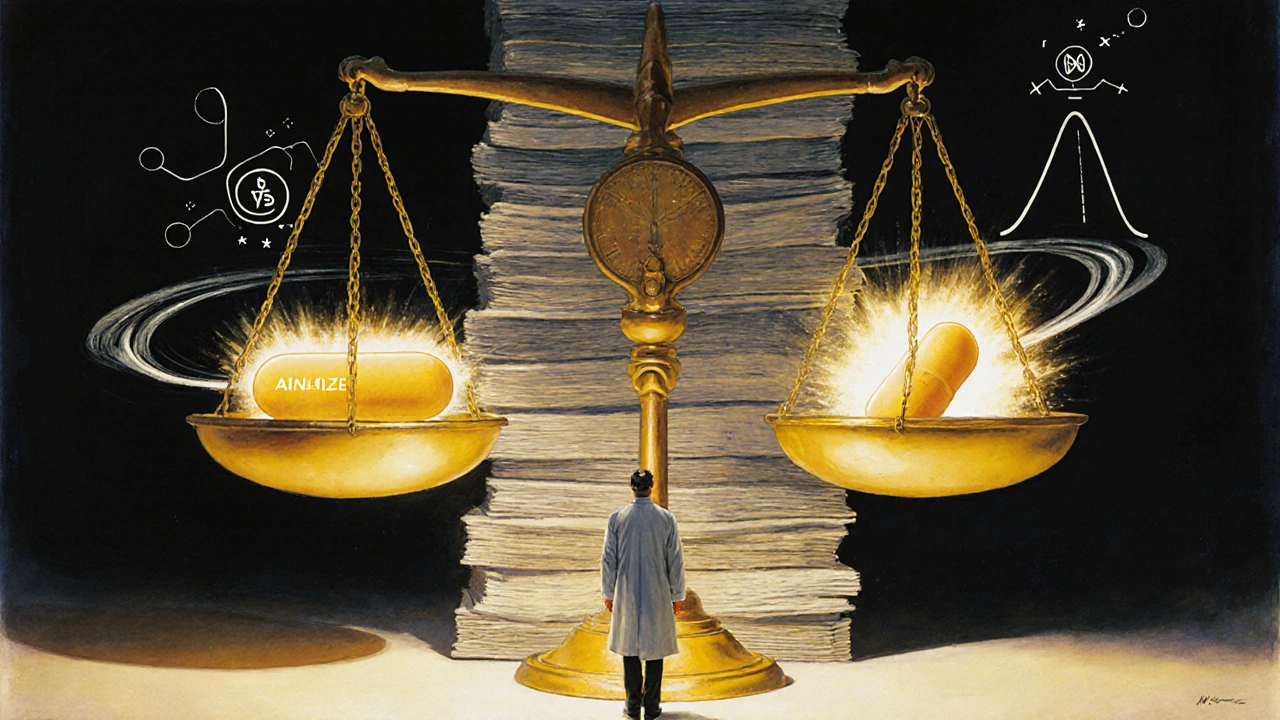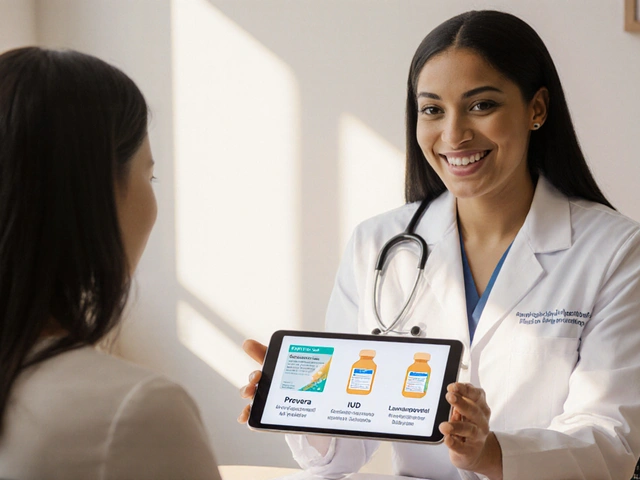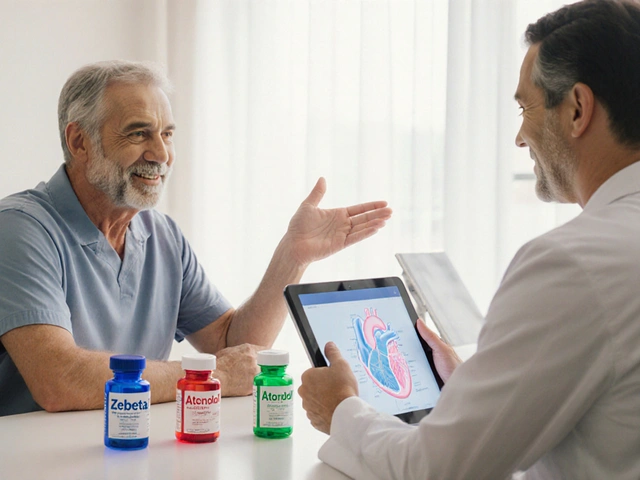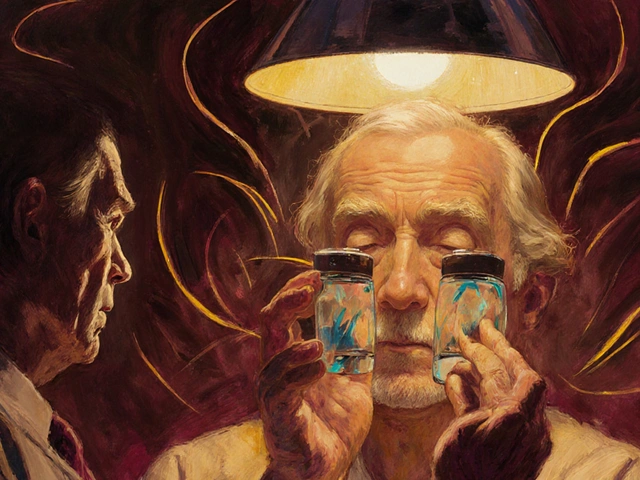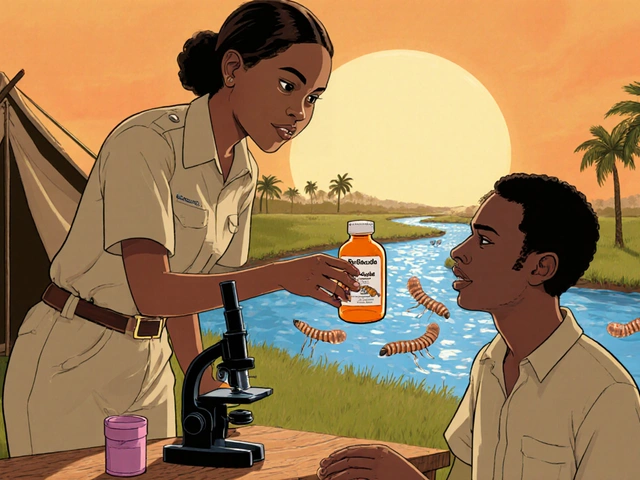The U.S. Food and Drug Administration doesn’t just approve new drugs-it keeps millions of Americans alive by making sure cheaper, generic versions of those drugs are just as safe and effective. Every day, 9 out of 10 prescriptions filled in the U.S. are for generic drugs. But behind that simple statistic is a complex, science-driven system managed by the FDA’s Office of Generic Drugs (OGD). This isn’t a backdoor shortcut. It’s a carefully designed pathway called the Abbreviated New Drug Application (ANDA), created by Congress in 1984 under the Hatch-Waxman Act. The goal? Bring down drug prices without cutting corners on quality.
What the ANDA Process Actually Requires
Generic manufacturers don’t need to repeat the decade-long clinical trials that brand-name companies run. Instead, they must prove one thing: their version behaves exactly like the original in the human body. This is called bioequivalence. The FDA requires that the generic drug has the same active ingredient, strength, dosage form, and route of administration as the brand-name drug-known as the Reference Listed Drug (RLD). Inactive ingredients can differ, but they can’t affect how the drug works.To prove bioequivalence, companies run studies on 24 to 36 healthy volunteers. They measure how quickly and how much of the drug enters the bloodstream. The results must fall within a strict range: the 90% confidence interval for the ratio of the generic to the brand drug’s absorption (measured by AUC and Cmax) must be between 80% and 125%. If it’s outside that range, the application gets rejected. No exceptions.
This isn’t guesswork. The FDA has published over 287 guidance documents detailing exactly how to design these studies, what statistical methods to use, and how to report data. A single ANDA submission can run 15,000 to 20,000 pages long. That’s not padding-it’s the scientific evidence needed to convince regulators the drug will work the same way in every patient.
Manufacturing Standards Are Non-Negotiable
A drug that works in a lab isn’t enough. It must be made the same way, every time, in a facility that meets Current Good Manufacturing Practices (CGMP). The FDA inspects every generic drug plant-whether it’s in the U.S., India, or China-before approving an application. In 2023, the agency conducted inspections at 82.7% of generic manufacturing sites. If a facility fails inspection, the application is put on hold. No amount of good bioequivalence data can fix a dirty factory.Companies can’t just submit paperwork and hope for the best. They’re required to disclose every step of the manufacturing process, from the source of the active ingredient to the final packaging. The FDA checks for consistency in particle size, dissolution rates, and stability. Even small changes-like switching suppliers for an inactive ingredient-require prior approval.

How Long Does It Take? And Why Do Some Get Rejected?
The FDA sets target review times under the Generic Drug User Fee Amendments (GDUFA). Standard ANDAs have a 10-month review clock. Priority applications-like first generics or drugs in shortage-get reviewed in 8 months. But meeting the deadline doesn’t mean approval. In 2022, 15.3% of ANDAs were refused outright because they were incomplete. That’s called a Refuse-to-Receive (RTR) decision.Most RTRs happen because of problems in the Chemistry, Manufacturing, and Controls (CMC) section. Applicants often misunderstand what the FDA needs. For example, submitting outdated stability data or failing to explain how the drug will remain stable over its shelf life. Another common issue? Poorly designed bioequivalence studies that don’t meet FDA’s statistical standards. In 2022, 14.8% of applications that made it past the initial review got a Complete Response Letter because of bioequivalence flaws.
It’s not just about paperwork. First-time applicants often take 18 to 24 months to learn the system. Successful companies hire teams of regulatory affairs specialists, pharmaceutical scientists, and clinical pharmacologists. The cost? Around $2.4 million to $6.3 million per application-far less than the $2.6 billion it takes to bring a new drug to market, but still a huge investment.
Complex Generics Are the New Frontier
Not all drugs are created equal. Simple pills are easy to copy. But inhalers, injectables, topical creams, and extended-release tablets? Those are complex. Their effectiveness depends on how the drug is delivered, not just what’s inside. The FDA now considers 37.5% of approved generics in 2023 as complex products-up from 22.1% in 2018.For these, bioequivalence isn’t just about blood levels. The FDA may require clinical endpoint studies, specialized in vitro testing, or even real-world evidence. In 2024, the agency began piloting AI-assisted review for 12% of complex ANDAs to speed up analysis of large data sets. By 2026, the goal is to use real-world data in 25% of complex generic approvals.
These changes reflect a shift in the market. As brand-name drugs expire, the next wave of generics isn’t just aspirin or metformin. It’s biosimilars, complex injectables, and long-acting formulations. The FDA’s Complex Generic Drugs Initiative, launched in 2021, has helped increase the approval rate for first generics from 67.2% in 2018 to 83.6% in 2023.
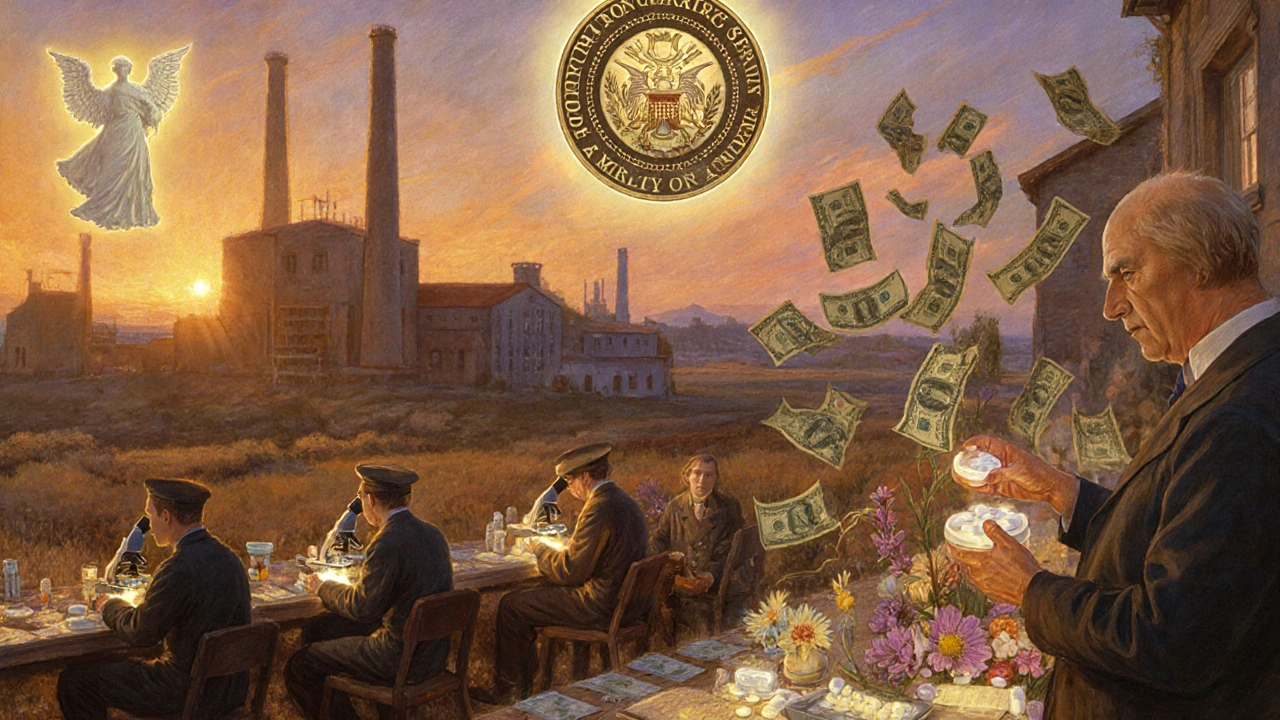
Cost Savings and Patient Trust
The result? Americans save $132.6 billion every year because of generic drugs. For many, it’s the difference between taking their medication and skipping doses. Pharmacists report patients’ out-of-pocket costs drop by 80-85% when switching to generics. A Reddit user shared how their insulin bill fell from $390 to $98 after switching to a generic biosimilar approved in 2021.But skepticism remains. About 22.7% of adverse event reports involving generics mention perceived differences in effectiveness. The FDA investigates every one. In most cases-92.3%-the issue wasn’t the drug. It was disease progression, poor adherence, or other health factors. A 2023 CVS Health survey found 78.4% of patients trusted FDA-approved generics. And 63.2% said they noticed no difference compared to the brand-name version they used before.
What’s Next for Generic Approval?
The FDA is pushing harder than ever. In October 2025, it launched a new pilot program that gives faster reviews to companies manufacturing generic drugs in the U.S. Applications from domestic manufacturers now get Target Action Dates reduced by 30%. This is part of a broader effort to reduce reliance on overseas supply chains-78% of active pharmaceutical ingredients come from outside the U.S.With GDUFA IV now in effect through 2027, the agency has secured $2.1 billion in funding, including $412 million specifically for complex generics. There are currently 2,147 pending applications for first generics. Analysts predict the FDA will approve 1,500-1,700 ANDAs annually by 2027.
Behind every approved generic is a rigorous, science-based system that balances speed with safety. The FDA doesn’t cut corners. It cuts costs-without cutting quality.
How does the FDA ensure generic drugs are as safe as brand-name drugs?
The FDA requires generic drugs to have the same active ingredient, strength, dosage form, and route of administration as the brand-name drug. Manufacturers must prove bioequivalence through clinical studies showing the generic is absorbed into the body at the same rate and extent as the original. All manufacturing facilities must pass FDA inspections for compliance with Current Good Manufacturing Practices (CGMP). The FDA also monitors adverse events through its FAERS database and investigates any reports of safety concerns.
What’s the difference between an ANDA and an NDA?
An NDA (New Drug Application) is submitted by brand-name companies to get approval for a completely new drug. It requires years of preclinical and clinical trials to prove safety and effectiveness. An ANDA (Abbreviated New Drug Application) is for generic versions of already-approved drugs. It skips the clinical trials because the safety and efficacy of the original drug are already established. Instead, generic applicants must prove pharmaceutical and bioequivalence.
Why do some generic drug applications get refused?
Applications are often refused because they’re incomplete or don’t meet FDA standards. The most common reasons are problems in the Chemistry, Manufacturing, and Controls (CMC) section-like missing stability data or unclear manufacturing processes. Bioequivalence studies that don’t follow FDA guidance are another major cause. In 2022, 15.3% of ANDAs were refused outright, and 14.8% received complete response letters after review.
Are all generic drugs the same?
All FDA-approved generics must meet the same strict standards for active ingredients, strength, and bioequivalence. However, inactive ingredients (like fillers or dyes) can differ between manufacturers. These don’t affect how the drug works, but they may affect how it looks or tastes. For most patients, this makes no difference. But for a small number with allergies or sensitivities, switching between generic brands might require a discussion with their doctor or pharmacist.
How does the FDA handle drug shortages with generics?
Generics make up 78% of the drugs on the FDA’s Drug Shortage List. The agency prioritizes review of ANDAs for drugs in shortage, offering faster timelines under GDUFA. It also works with manufacturers to resolve production issues, encourages multiple suppliers for critical drugs, and sometimes allows temporary importation of unapproved versions during severe shortages. The FDA’s Drug Competition Action Plan has reduced approval times for first generics by 37.2% since 2017 to help prevent shortages.
